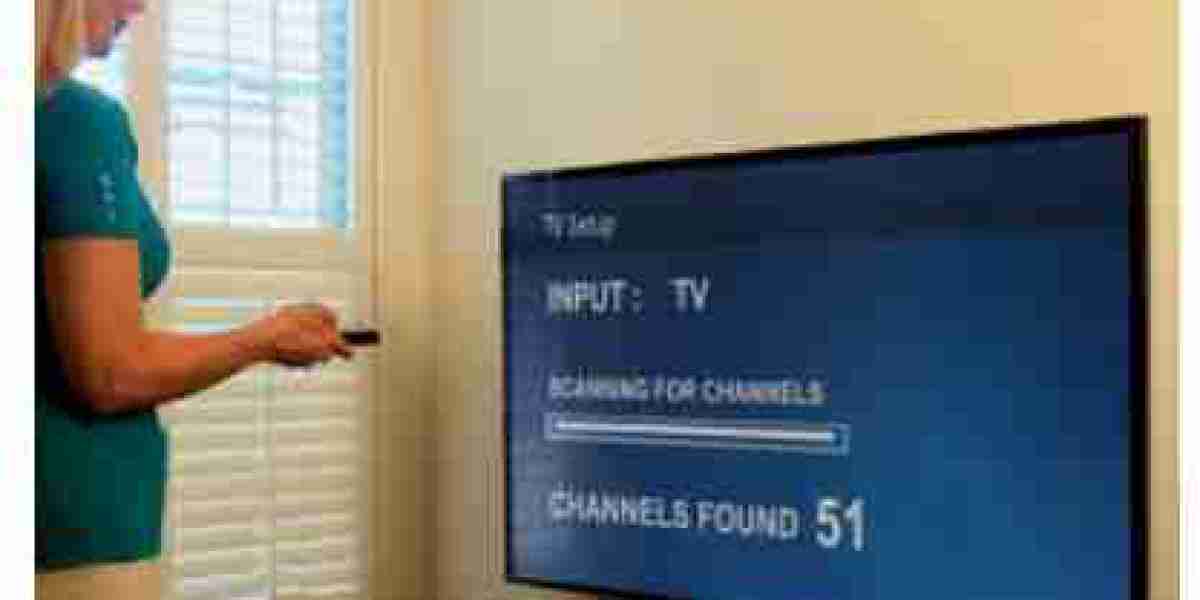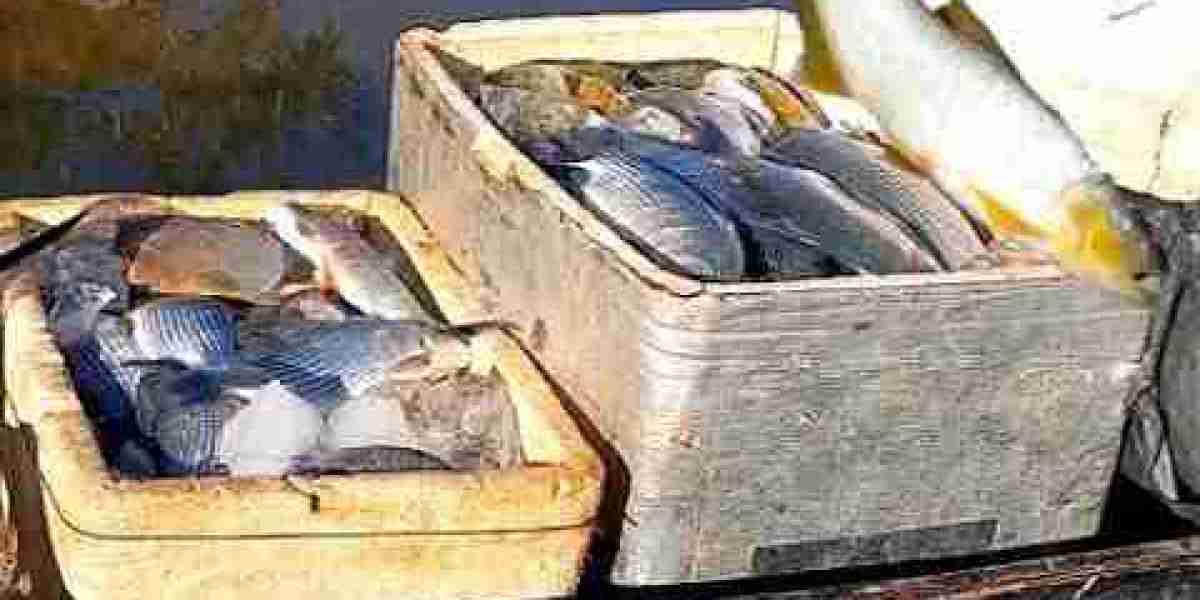If you’re setting up a TV antenna to enjoy free HD channels, you might encounter the need for an extension cable. This simple yet crucial component can make a big difference in how effectively you receive signals and how neatly you set up your viewing area. In this guide, we’ll explore what an extension cable for a TV antenna is, why you might need one, and how to choose the right one for your setup.
What is an Extension Cable for a TV Antenna?
An extension cable for a TV antenna is a type of coaxial cable designed to extend the distance between your antenna and your TV or set-top box. Coaxial cables are used to transmit the signal from your antenna to your TV, and the extension cable allows you to position your antenna in the optimal location for the best reception, even if it’s far from your TV.
Why Might You Need an Extension Cable?
Optimal Placement: The best signal reception for a TV antenna often requires placing it in a specific location, such as near a window or in an elevated position. An extension cable allows you to place your antenna where it can receive the strongest signals while keeping your TV in a more convenient spot.
Flexible Setup: If you’ve already set up your TV and don’t want to move it or rearrange your room, an extension cable can help you position the antenna without having to adjust your TV setup.
Aesthetic Reasons: Extension cables help reduce clutter by allowing you to hide the antenna and cable out of sight, contributing to a cleaner and more organized entertainment area.
Avoiding Interference: Sometimes, physical obstructions or interference can affect signal quality. Using an extension cable lets you experiment with different antenna placements to find the best reception without having to move your TV.
Choosing the Right Extension Cable
When selecting an extension cable for your TV antenna, consider the following factors to ensure optimal performance:
Cable Length: Measure the distance between your antenna and TV to determine the length of the extension cable you need. Extension cables come in various lengths, typically ranging from 6 feet to 50 feet or more. It’s generally better to get a cable that’s slightly longer than you need to allow for flexibility in placement.
Cable Quality: The quality of the coaxial cable affects signal transmission. Look for cables with good shielding to minimize signal loss and interference. Higher-quality cables typically have better insulation and shielding, ensuring a clearer signal.
Connector Type: Most TV antennas and TVs use standard coaxial connectors. Make sure the extension cable you choose has the correct connectors—usually male-to-female coaxial connectors—to match your existing setup.
Signal Loss: Longer cables can lead to signal loss, which may affect picture quality. Opt for a high-quality cable with low signal loss to maintain the best reception. Some cables are specifically designed to minimize signal degradation over longer distances.
Durability: Choose an extension cable made of durable materials that can withstand bending and wear. This is especially important if the cable will be exposed to elements or if you need to move it frequently.
How to Install an Extension Cable for a TV Antenna
Disconnect and Position: Before installing the extension cable, disconnect the existing coaxial cable from your TV and antenna. Position your antenna in the desired location to achieve the best reception.
Connect the Extension Cable: Attach one end of the extension cable to the antenna’s coaxial port. Connect the other end to the input port on your TV or set-top box. Make sure the connections are secure to prevent signal loss.
Test the Signal: Once the extension cable is connected, use your TV’s built-in tuner to scan for channels. Adjust the antenna’s position as needed to optimize reception. If you notice any issues with signal quality, check the connections and consider repositioning the antenna.
Manage the Cable: To keep your setup neat, use cable clips or adhesive hooks to secure the extension cable along walls or behind furniture. This will prevent the cable from becoming a tripping hazard and help maintain a tidy appearance.
Conclusion
An extension cable for your TV antenna is a valuable tool for improving your TV setup, offering flexibility in antenna placement and helping to achieve the best possible signal reception. By selecting the right cable and following proper installation practices, you can enhance your viewing experience and enjoy high-quality, free HD TV from the comfort of your home. Whether you’re optimizing signal strength or organizing your entertainment area, an extension cable can make a significant difference.














